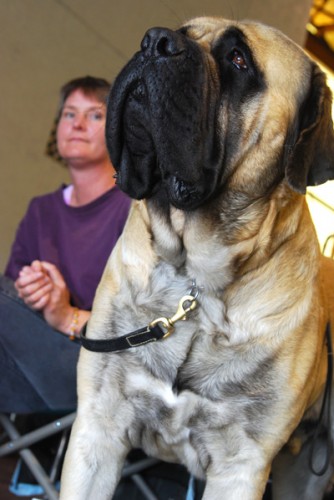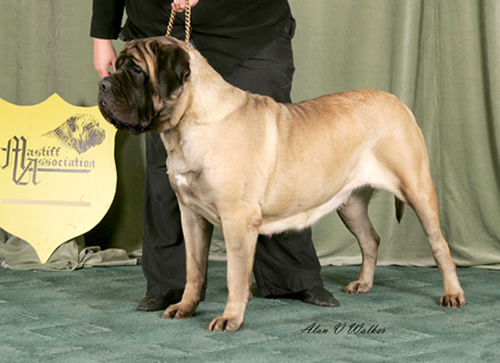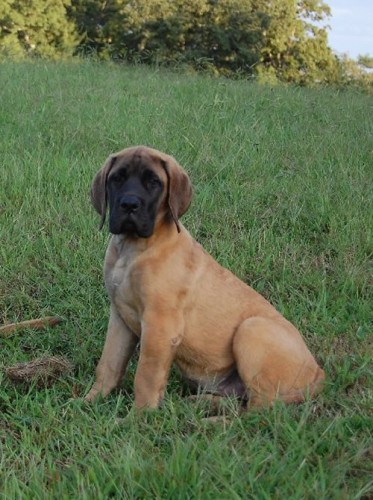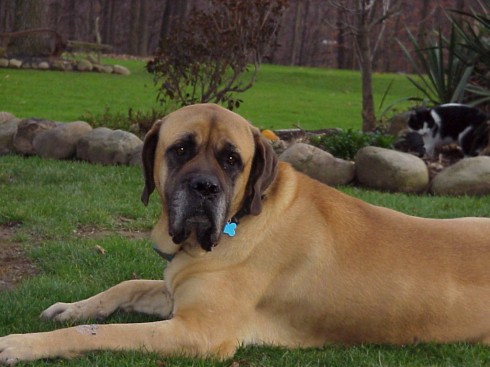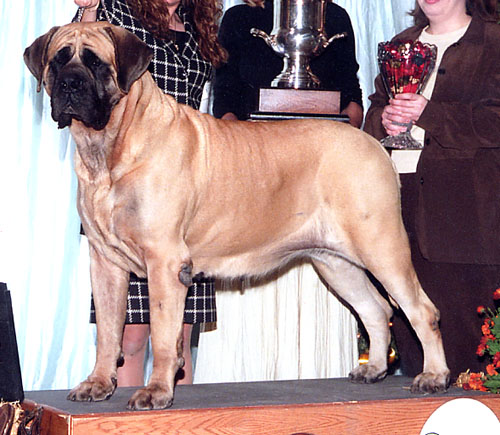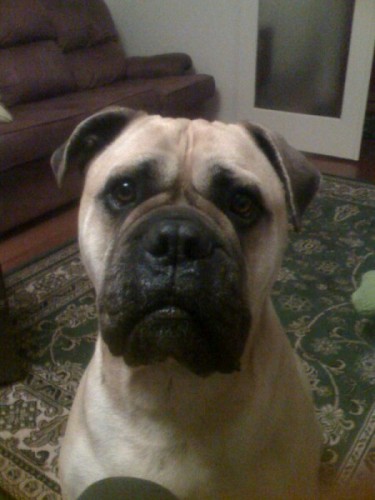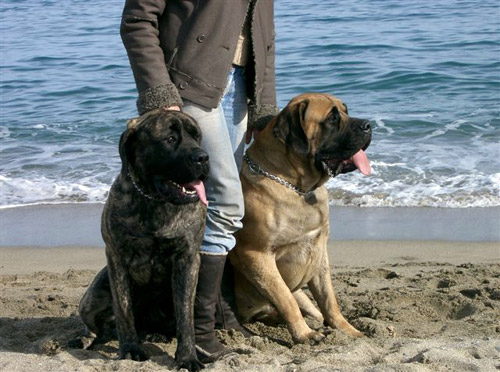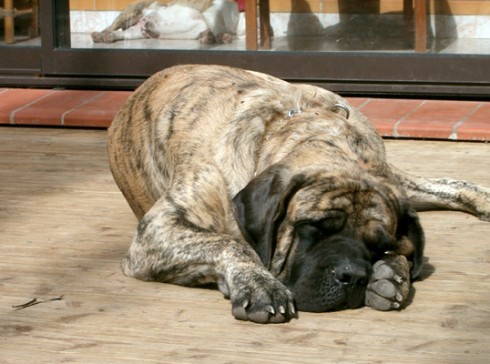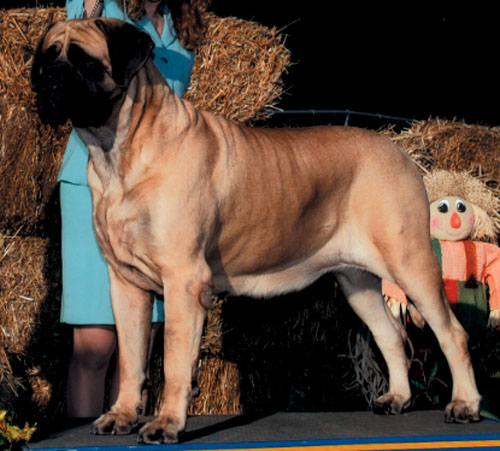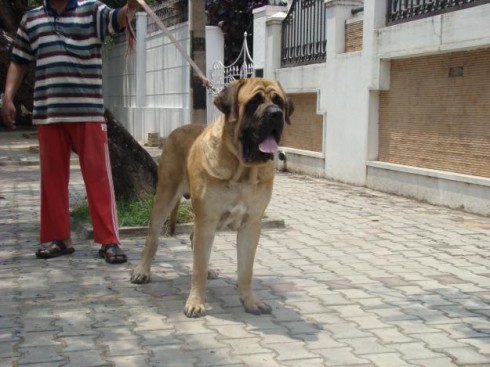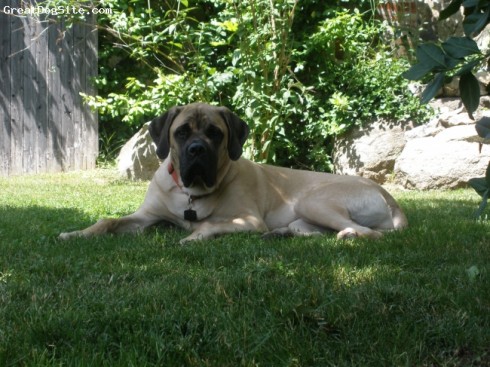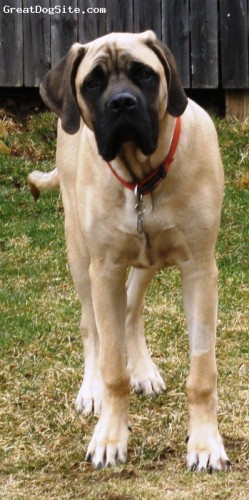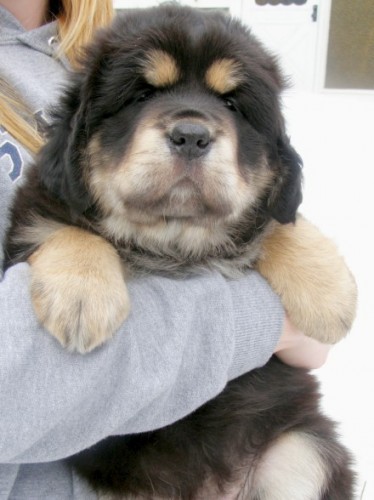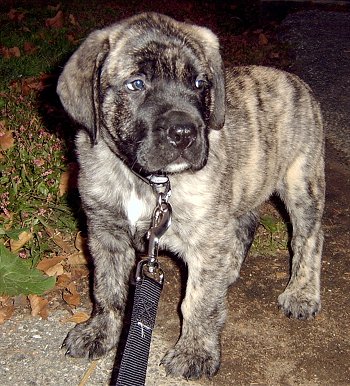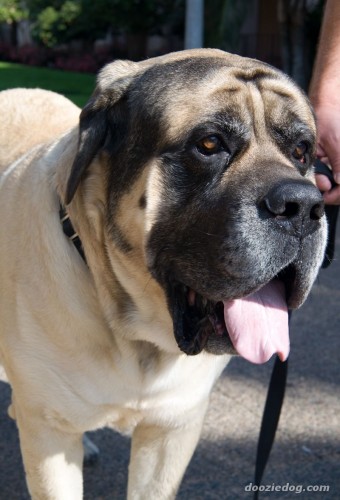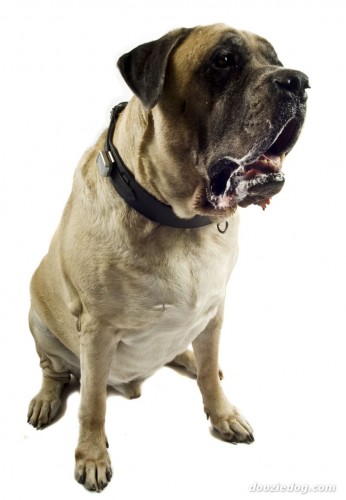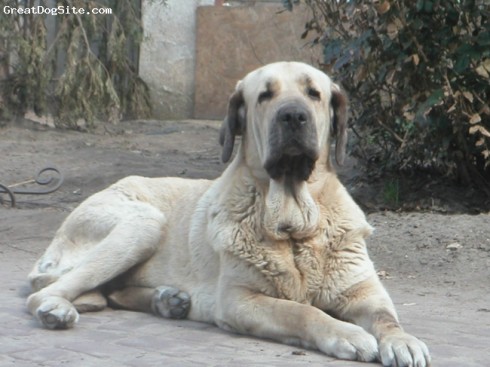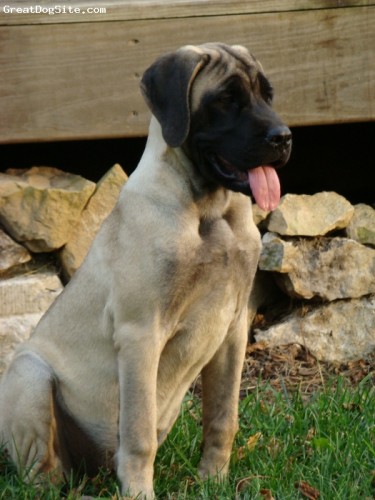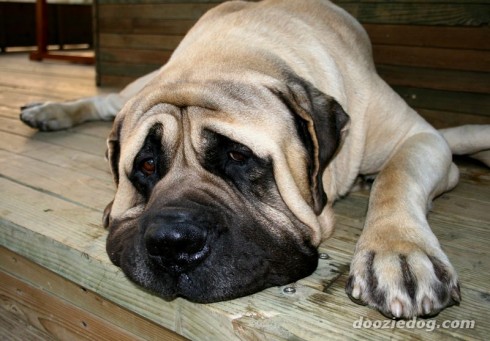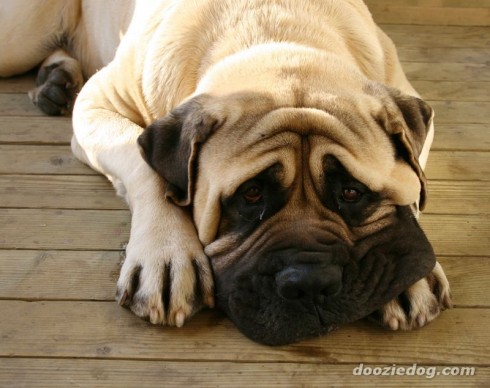Main Index
In Store
Our Web Store
Miniature Schnauzer Picture Gallery
Latest Dog Blogs
- What Are The Basic Commands To Train A Dog?
- PaySafe As The Most Popular Type Of Deposit
- Everything You Need To Know About Pet Sales
- Dogs Contribute To Our Physical And Mental Well Being
- How To Choose Where To Bet On Greyhounds In 2022
- Volunteer With Animals - How To Help Dogs Around The World
- Basic Understanding Of The House Edge
- Why You Should Get A Dog
- Top 20 Popular Dog Names Around The World
- Constipation in Dogs and How to Find Solutions
Mastiff
The Mastiff is a gentle friend to man by nature, always serving as man's watchdog and loyal companion. This is a dog who likes being around people. He needs their company and bonds close with his family. Because of his size, he needs room to move. He is best suited for life in the country.
Did you know?
The breed is descended from the Tibetan mastiff, which was introduced into Europe by the Phoenicians.
In English speaking countries the "Mastiff" is more properly described as the Old English Mastiff.
In the past the Mastiff was mainly used for dog fighting, bullbaiting, and bearbaiting.
So you want to own a Mastiff?
The Mastiff needs lots of exercise and should be kept in firm shape. But you should be careful not to over exercise, especially in his first year.
The Mastiff is a sensitive, tender, laid back companion.
Indicative Breed Standard
General Appearance
Head, in general outline, giving a square appearance when viewed from any point. Breadth greatly desired; in ratio to length of whole head and face as 2 : 3. Body massive, broad, deep, long, powerfully built, on legs wide apart and squarely set. Muscles sharply defined. Size a great desideratum, if combined with quality. Height and substance important if both points are proportionately combined.
Characteristics
Large, massive, powerful, symmetrical, well knit frame. A combination of grandeur and courage.
Temperament
Calm, affectionate to owners, but capable of guarding.
Head and Skull
Skull broad between ears, forehead flat, but wrinkled when attention is excited. Brows (superciliary ridges) slightly raised. Muscles of temples and cheeks
(temporal and masseter) well developed. Arch across skull of a rounded, flattened curve, with depression up centre of forehead from median line between eyes, to halfway up sagittal suture. Face or muzzle short, broad under eyes, and keeping nearly parallel in width to end of nose; truncated, i.e. blunt and cut off squarely, thus forming a right angle with upper line of face, of great depth from point of nose to under-jaw. Under-jaw broad to end. Nose broad, with widely spreading nostrils when viewed from front, flat (not pointed or turned up) in profile. Lips diverging at obtuse angles with septum, and slightly pendulous so as to show a square profile. Length of muzzle to whole head and face as 1 : 3. Circumference of muzzle (measured mid-way between eyes and nose) to that of head (measured before the ears) as 3 : 5.
Eyes
Small, wide apart, divided by at least space of two eyes. Stop between eyes well marked but not too abrupt. Colour hazel brown, darker the better, showing no haw.
Ears
Small, thin to touch, wide apart, set on at highest points of sides of skull, so as to continue outline across summit, and lying flat and close to cheeks when in repose.
Mouth
Canine teeth healthy; powerful and wide apart; incisors level, or lower projecting beyond upper but never so much as to become visible when mouth is
closed.
Neck
Slightly arched, moderately long, very muscular, and measuring in circumference about 2.5-5 cms (1-2 ins) less than skull before ears.
Forequarters
Shoulder and arm slightly sloping, heavy and muscular. Legs straight, strong and set wide apart; bones being large. Elbows square. Pasterns upright.
Body
Chest wide, deep and well let down between forelegs. Ribs arched and well rounded. False ribs deep and well set back to hips. Girth one-third more than
height at shoulder. Back and loins wide and muscular; flat and very wide in bitch, slightly arched in dog. Great depth of flanks.
Hindquarters
Broad, wide and muscular, with well developed second thighs, hocks bent, wide apart, and quite squarely set when standing or walking.
Feet
Large and round. Toes well arched. Nails black.
Tail
Set on high, and reaching to hocks, or a little below them, wide at its root and tapering to end, hanging straight in repose, but forming a curve with end pointing upwards, but not over back, when dog is excited.
Gait/Movement
Powerful, easy extension.
Coat
Short and close-lying, but not too fine over shoulders, neck and back.
Colour
Apricot-fawn, silver-fawn, fawn, or dark fawn-brindle. In any case, muzzle, ears and nose should be black with black around orbits, and extending upwards between them.
About Our Article Directory
- Article
- 27 November 2010
- 2 comments
Ten Least Intelligent Breeds of Dog
- Article
- 20 November 2010
- 1 comment
Canis lupus familiaris
- Breed Article
- 29 May 2010
- No comments
Quick Search
Donate
Latest Dog Pods
- Tips on How to Stop Your Dog from Biting
- Beware - Not All Advertised Dog Rescues Really Are! How Can You Know The Truth?
- Helpful Tips For Dog Obedience Problems
- How to Keep Dogs From Eating Poop
- Dog Grooming Tips - A General Overview of the Very Basics of Dog Grooming
- Recognising Different Types of Dog Obedience Problems
- 5 Important Tips On Feeding A Puppy


